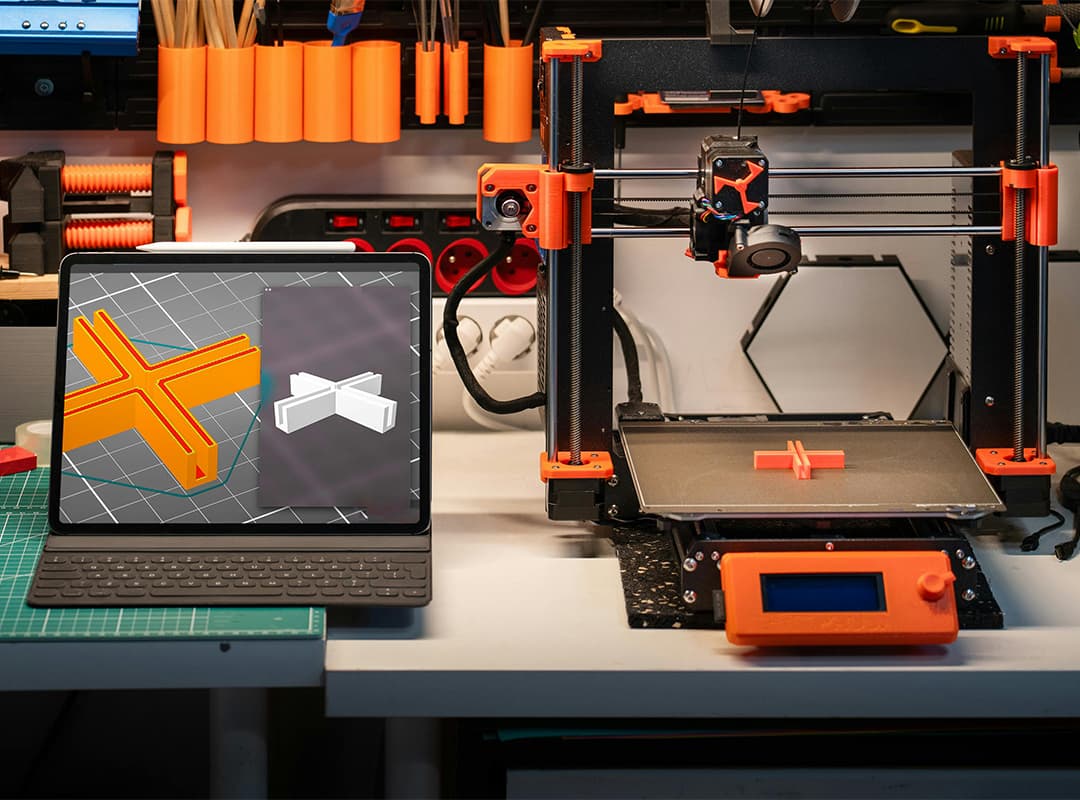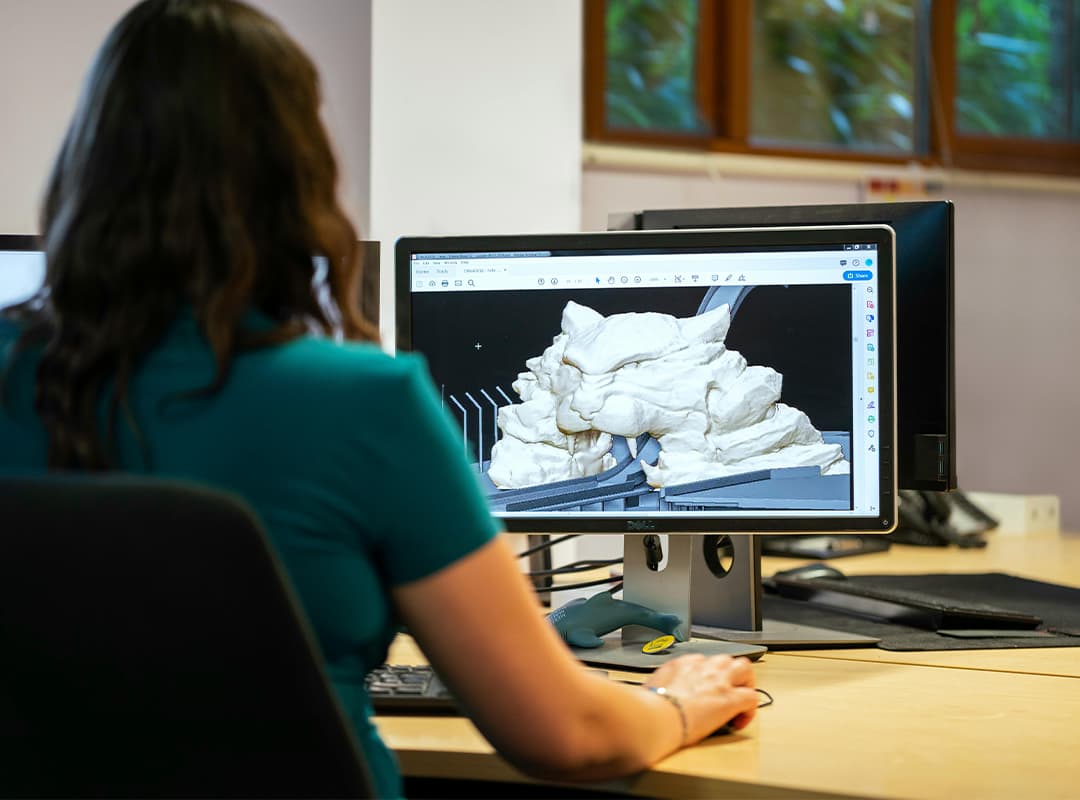The human brain is one of the most complex systems in existence, and understanding its behavior remains a pinnacle challenge for scientists, engineers, and researchers. In recent years, advancements in technology, particularly in fields like artificial intelligence, machine learning, and neuroscience, have made it possible to create simulations that mimic certain aspects of brain function. These brain simulations offer invaluable insights into cognition, neurological diseases, and even potential future applications like brain-computer interfaces. However, the path forward is filled with technical, ethical, and conceptual challenges.
This article explores the current state of brain behavior simulation, the limitations we face, and the promising horizons on the road ahead. We will also touch upon how data modeling methodologies play a crucial role in shaping these simulations.
The Complexity of the Human Brain
The human brain contains around 86 billion neurons, each of which can form thousands of connections with other neurons, creating a complex and dynamic network. These neural connections are responsible for everything from basic motor functions to complex cognitive behaviors like memory, learning, and emotional processing. Simulating such an intricate system requires not only a deep understanding of neuroscience but also the ability to model large-scale systems with incredible accuracy.
Brain simulations can be categorized into different levels based on the scope and detail of the simulation. These range from high-level cognitive simulations that replicate specific brain functions to biologically detailed neural network models that simulate the interaction of neurons and synapses. Projects like the Human Brain Project and the Blue Brain Project are at the forefront of building such detailed simulations.
Applications of Brain Simulations
- Neurological Research: One of the primary uses of brain simulations is to better understand neurological diseases such as Alzheimer’s, Parkinson’s, and epilepsy. By simulating the malfunctioning parts of the brain, researchers can study the disease’s progression and experiment with potential treatments in a virtual environment before moving on to clinical trials.
- Cognitive Science: Brain simulations are helping researchers decode how cognitive processes like decision-making, attention, and learning function. This knowledge could lead to advancements in fields like psychology, education, and even artificial intelligence, where AI systems could benefit from human-like decision-making processes.
- Artificial Intelligence: While traditional AI is often modeled on mathematical and statistical algorithms, there is growing interest in creating neuromorphic computing systems—AI systems inspired by the architecture of the human brain. Brain simulations contribute to the development of these models, which could lead to more adaptive and energy-efficient AI.
- Brain-Computer Interfaces: Simulation models of the brain are a key stepping stone for developing interfaces that can directly connect the human brain with computers. This technology could one day enable direct control over machines using thought alone, providing life-changing solutions for people with disabilities.
Current Challenges and Limitations
While brain simulations have made significant strides, several challenges continue to impede progress:
- Scale and Complexity: The sheer number of neurons and connections in the brain makes it incredibly difficult to create full-scale models that accurately represent brain function. Current simulations are often limited to small regions of the brain, such as the visual cortex or hippocampus. Expanding these simulations to encompass the entire brain at a high level of detail remains a massive computational challenge.
- Accuracy and Biological Realism: Modeling the brain accurately requires a deep understanding of the biological and chemical processes that occur at the cellular level. However, many simulations today rely on simplified models that may not fully capture the complexities of brain behavior, such as neuroplasticity or the role of neurotransmitters.
- Data Limitations: While data modeling methodologies are improving, there is still a lack of comprehensive, high-resolution data on how the brain works, especially at the microcircuit level. Even with advanced imaging techniques, much of what happens in the brain remains a mystery, and incomplete data can lead to flawed or oversimplified simulations.
- Ethical Considerations: As simulations become more advanced, they raise ethical questions about the nature of consciousness and identity. For instance, if we can simulate a brain at a high enough resolution, could that simulation become conscious? How should society address the potential rights and treatment of these simulations?
Future Prospects of Brain Simulation
Despite the challenges, the future of brain simulation holds exciting prospects:
- Improved Data Collection: Advances in neuroscience, particularly in neuroimaging and molecular biology, are providing increasingly detailed insights into brain function. As our understanding of neural circuits improves, simulations will become more biologically accurate and capable of representing broader brain regions.
- Quantum Computing: The brain’s complexity may eventually surpass the capabilities of traditional supercomputers. Quantum computing, with its ability to process vast amounts of data simultaneously, could offer the computational power required to simulate entire brain networks in real time.
- Personalized Medicine: One of the most promising applications of brain simulation is in the field of personalized medicine. By creating personalized brain models, doctors could simulate how individual patients might respond to certain treatments for neurological disorders. This could lead to more targeted and effective therapies.
- Human-AI Synergy: In the long term, simulations of human brain behavior may merge with artificial intelligence to create systems that can augment human cognition or act as advanced AI companions capable of understanding and mimicking human thought processes.
- Simulation for Education and Training: Brain simulations could also play a major role in educational tools. By simulating learning processes, we can tailor educational programs to how the brain learns best, potentially revolutionizing teaching and training methods in the future.
The simulation of human brain behavior offers tremendous potential for understanding and solving complex problems in neuroscience, AI, and medicine. However, we are still at the beginning stages of fully capturing the complexity of the brain. As data collection techniques improve and data modeling methodologies evolve, we will be able to build more detailed and accurate simulations that can replicate not just the brain’s structure but also its dynamic behavior.
The boundaries of brain simulation continue to be pushed, and with advancements in technology, such as quantum computing and AI, the field is poised for even greater breakthroughs. Moving forward, collaboration between neuroscientists, AI researchers, and ethical scholars will be crucial to ensure these simulations are used responsibly and for the betterment of society.
The journey to fully simulating the human brain may be long, but the prospects it holds for healthcare, technology, and our understanding of human cognition are nothing short of revolutionary.



